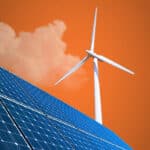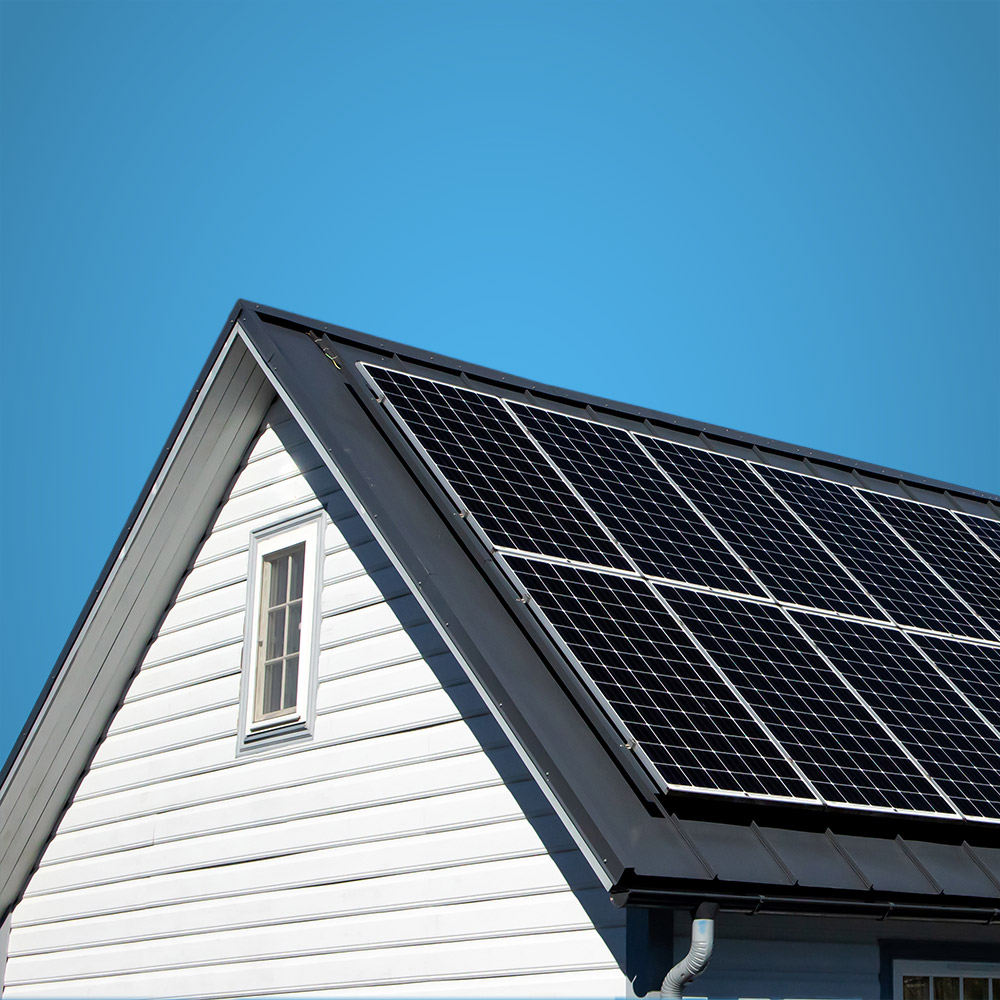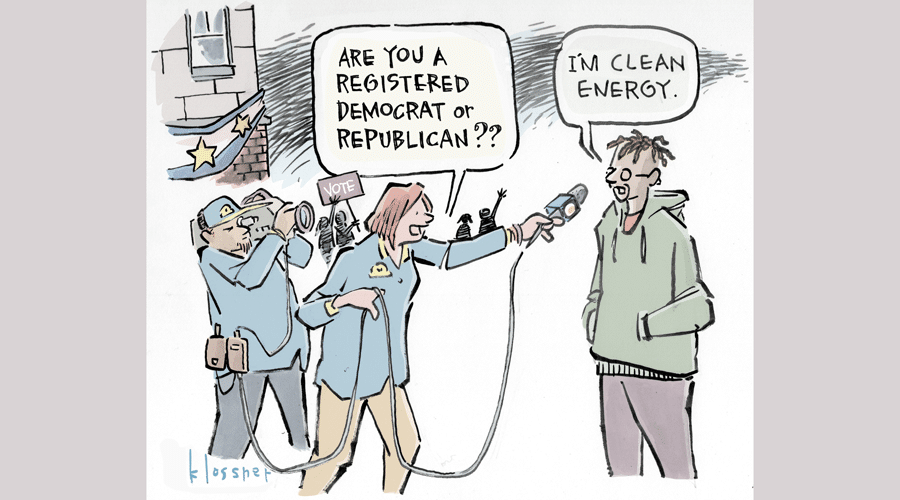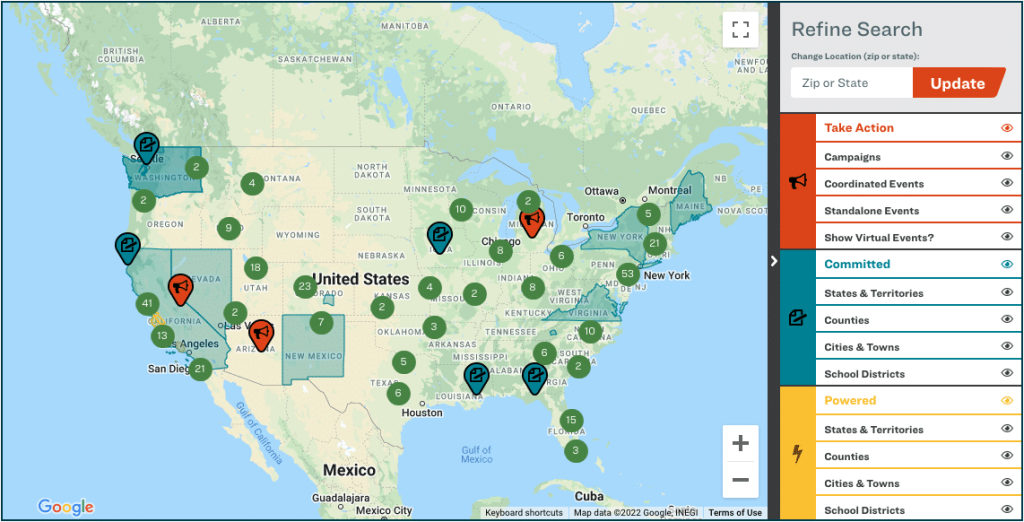State primary election season is gearing up, kicking off Tuesday in Texas and continuing across the country into September. If you care about the climate, these elections are worth paying attention to. State and local elected officials—500,000 of them—are the gatekeepers to our cutting back the 70% of greenhouse gas emissions, according to the Climate Cabinet Action, a political action committee.
Mid-terms mean we don’t need to wait for presidential elections every four years to support clean energy and climate-friendly policies. But what do you do in the interim?
The power of acting locally
You’ve heard the old phrase “think globally, act locally.” Nowhere is this idea more relevant than at the polls for city, county, and state levels of government. The officials at these tiers, from city mayors and council members to school board officials to governors, have a hand in policies that affect your access to clean energy. In many cases, their influence on your ability to “act locally” by going solar, buying an electric vehicle, and generally choosing clean energy is much greater than that of federal leaders.
Take, for example, what happens when you’re in the market for a new house. Often, decisions about whether that building will run on electricity or fossil gas have already been made, thanks to building codes and incentives. In California alone, more than 50 cities and counties have adopted building codes that prohibit or discourage new gas hookups in favor of power from an increasingly clean electric grid. This year, for example, a new policy in Contra Costa County will require new residential buildings, hotels, offices, and retail buildings to be all-electric. The county’s elected board of supervisors approved the policy 4-1.
Similarly, state and local officials vote on whether to pursue 100% renewable energy, as more than 180 cities across the country have done; whether to incentivize electric vehicles and build charging stations; and whether to procure or install solar energy for public schools.
What you can do
Being a clean energy voter means ensuring that your elected officials are doing everything they can to help shepherd a clean energy future. To start, that means finding out who they are.
A few examples of names to know for your corner of the country: U.S. lawmakers (your senators and your congressional district representative), the state governor, state legislators, the mayor and council members of your city, supervisor or executive for your county, and board of education leaders. Googling should do it, and the site Open States lists all federal and state representatives.
You don’t have to take on every clean energy issue: focus on one that’s important to you. Do you want electric buses for your child’s school district? A state rebate for electric cars or energy-efficient home renovations? Do you want your apartment building to offer EV charging? Maybe you care most about stronger policies to support going solar at home, or you’d rather see transportation funding go to public transit and bike paths rather than highway expansion projects. Pick one thing that’s important to you, find the elected official who matters, and make your voice heard.
COMEDIANS CONQUERING CLIMATE CHANGE
Check out the latest episode from the podcast













